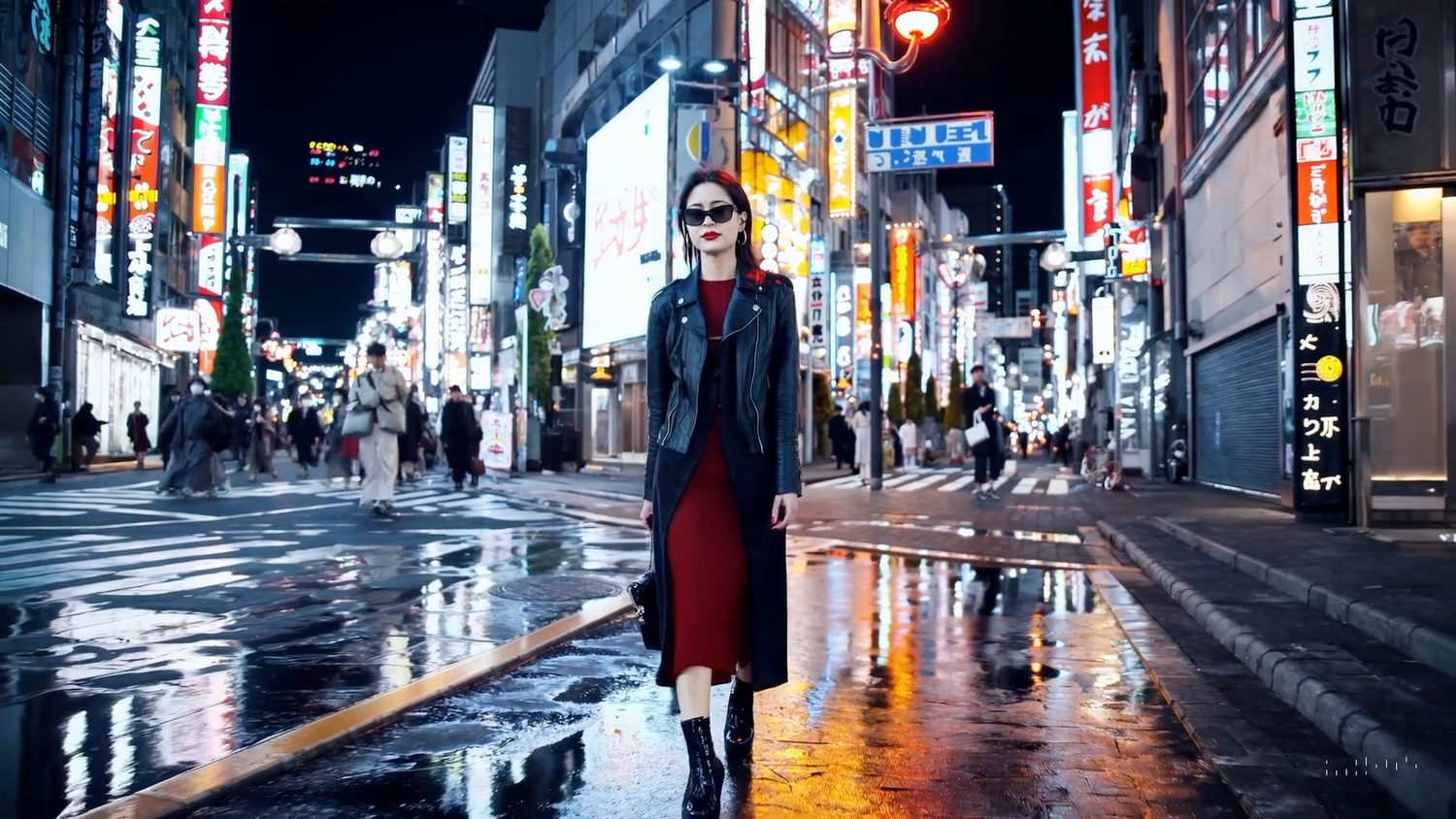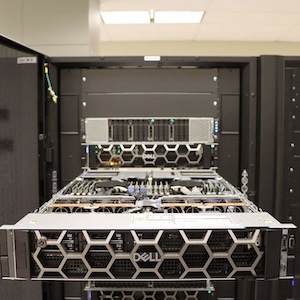- Sora, developed by Open AI, is an advanced text-to-video tool that joins the ranks of ChatGPT and Dall-E in the AI landscape.
- The emergence of highly realistic AI-generated videos, facilitated by tools like Sora, raises concerns about the potential for deep fakes to reach unprecedented levels of deception.
Sora stands out as a remarkable innovation that translates text inputs into video outputs, akin to Dall-E’s transformation of text into images. Despite its imperfections, Sora’s capabilities are already unsettlingly potent, capable of evoking disquiet in unsuspecting viewers.
Operated by Open AI, the same entity behind ChatGPT and Dall-E, Sora functions on a similar principle: users input a text prompt, and the tool generates up to a minute of video content using AI models trained on vast video datasets likely sourced from the web. The distinguishing factor lies in the striking realism of the resulting videos. While they may exhibit familiar quirks observed in AI-generated images, these discrepancies are less conspicuous due to the rapid succession of frames. However, caution is warranted.
Anthony Nelson, an expert in audio/video forensics, highlighted the potential repercussions of misinformation dissemination, emphasizing the critical issue of blurring the lines between reality and fabrication. The looming threat of widespread belief in falsified content, irrespective of its veracity, poses grave consequences. In addressing this challenge, proactive measures are imperative.
The unveiling of Sora’s capabilities through its showreel underscores its impressive efficacy, capable of fabricating scenarios such as a political figure engaging in fictitious actions or statements with alarming credibility. While occasional glitches like misinterpreted leg movements or challenging hand renderings persist, their significance diminishes in the face of viral dissemination on social platforms, where refutations struggle to gain traction.
Thankfully, Open AI has proactively responded to potential criticisms by developing detection tools to identify Sora-generated content. Although these tools may not be directly accessible to the general public, online platforms could leverage them to flag and verify the authenticity of videos, mitigating the spread of deceptive AI-generated content.
Jed Macosko, a tech expert and physics professor, articulated contrasting perspectives on the transformative impact of AI-generated videos. While acknowledging the risks associated with misinformation and manipulation, Macosko also recognized the creative opportunities afforded by rapid video production. Enforcing ethical guidelines is paramount to harnessing the democratizing potential of AI tools for multimedia storytelling and content creation.
Despite the creative prospects presented by AI video generation for animators and filmmakers, concerns persist regarding intellectual property rights and the displacement of human creativity by AI algorithms. The uncharted territory of AI-generated media raises questions about copyright infringement and the sustainability of original content creation in a landscape dominated by AI-driven innovation.
The hypothetical scenario of Disney leveraging a proprietary Sora instance fueled by its extensive media library exemplifies the dual nature of AI tools—offering efficiency in idea generation while potentially undermining traditional creative processes. The prospect of AI encroaching on creative industries prompts reflection on the balance between automation and human ingenuity, hinting at a future where innovation and artistic expression intersect and collide.










